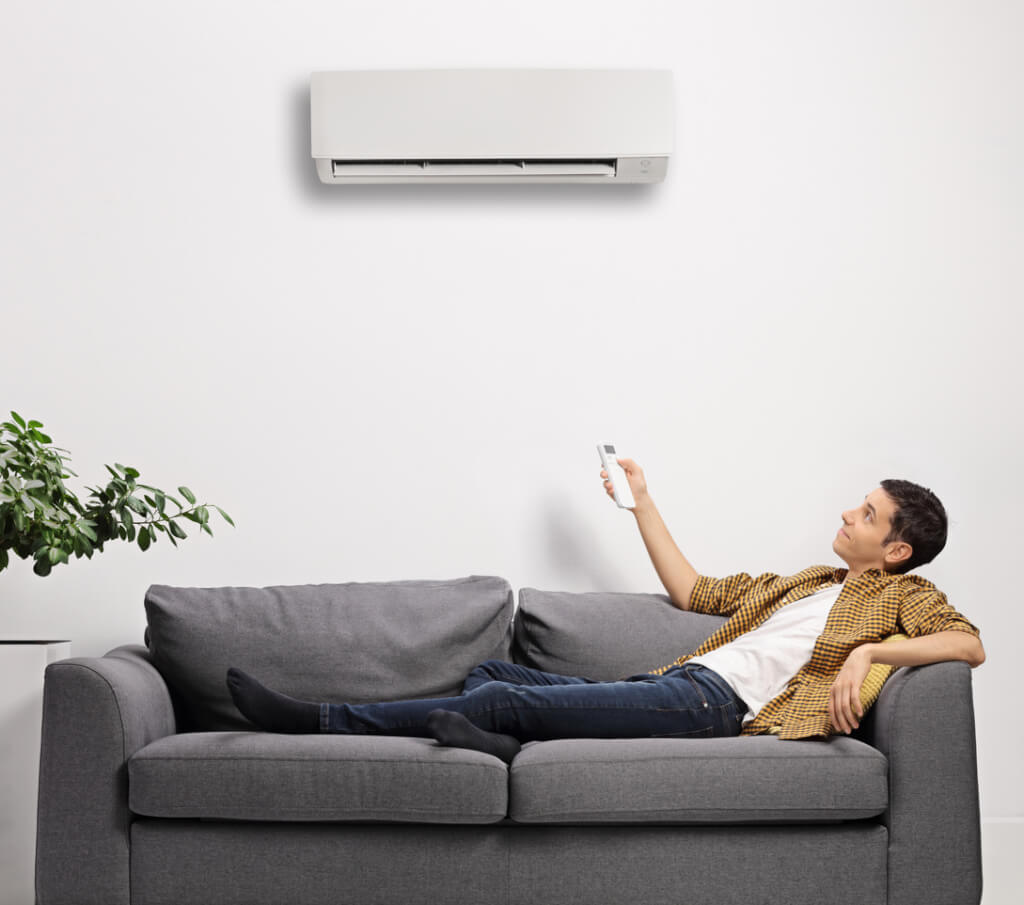Why New York City Subway Stations Don't Have Air Conditioning
'26.08.2022'
Nadezhda Verbitskaya
On a recent afternoon on the central platform of the Lexington Avenue Line at Grand Central, Aya Harley was waiting for his train and, like many subway passengers this time of year, was sweating profusely, reports New York Times.
“My God, it's like a boiler room here! said Harley, a student at Fordham University. “Sweat runs down your face, you wipe it off, and it goes on and on again.”
Attached to the ceiling above Harley's head, a snarling fan continuously blew out a blast of air several degrees colder than the platform's tropical climate. But Harley doesn't think it does much good.
“It looks more like hot air to me,” he remarked.
On the subject: Fair Fares: How New Yorkers Can Get Half Price Subway Passes
Blowers, known as spot coolers, are a 2000 innovation and a noble experiment in combating equatorial temperatures in subway stations.
Twenty-two years ago, the introduction of chillers gave rise to hopes that they might appear at other stations. It solved the question that pops in every New Yorker's mind in August: Why can't our subway stations have air conditioning?
But according to Jamie Torres-Springer, who heads the MTA's construction department, the spot coolers were more of a geographic stroke of luck.
“Grand Central has a complete refrigeration plant,” Torres-Springer said. – The equipment providing cooling for the terminal at the top is the source of chilled water. It then circulates through these units providing spot cooling on the platform.”
“But from an engineering standpoint, the basic fact is that an old system like our subway system is not designed for air conditioning,” Torres-Springer explained. Nearly every mile of the track is open to the atmosphere through stairs and sidewalk grates.
“Just like your air conditioner doesn't work well if the windows are open. Therefore, air conditioning is inefficient on the subway platform,” he said.
Hot summers and a concentration of sweaty bodies contribute to sultry conditions underground. But the main culprit is the subway trains themselves.
In the post-war years, people began to demand that air conditioners replace fans, which did nothing but circulate stale air. With the purchase of 1967 air-conditioned vehicles in 600, Lindsey's administration was successful. But it wasn't until 1993 that the Transportation Authority claimed that 99% of its vehicles were air-conditioned.
Unfortunately, air conditioners that remove hot air from the cars dump it directly into the tunnels.
In this way, the temperature both in the train and at the station has been linked for half a century.
It is worth noting that the temperature is noticeably lower at the newest stations.
For example, at three new stops on the Second Avenue subway, which opened in 2017.
The pleasant atmosphere downstairs is created by the cooling towers. There, fans blow air through pipes filled with a mixture of cold water and glycol. In the language of the transit authorities, this is called air-cooled climate control.
“This is not a complete air conditioning solution,” says Torres-Springer. “But it can keep the temperature about 7-10 degrees below the ambient temperature. And it helps to reduce the humidity at the station, which is very valuable.”
A similar cooling system for the Grand Central Terminal - this time in the form of a refrigeration unit - is also capable of cooling the station below. It was told by Charles K. Copeland, who designed the refrigeration plant.
“When I was designing it, they came up halfway through and said, 'Could you give us some cooling for the local subway line,'” Copeland said.
This is the only reason these coolers located above subway platforms 4, 5 and 6 even exist.
This explains why cool air is not supplied to the old metro stops. “There are no refrigeration units at other stations,” Torres-Springer stated.
What if they are made? When Torres-Springer was asked to estimate the cost of upgrading the entire system with spot coolers, he declined. But here are some calculations: 43 Grand Central chillers cost about $10 million in 2000. Now that would be about $17 million in today's dollars. Multiply that by 281 subway stations and you get about $4,8 billion.
“That's a big number. Even considering how the MTA spends money,” said Danny Perlstein, director of policy and communications for the Rider Alliance.
But Pearlstein has a faster, cheaper solution to stuffy subway stations.
“Run more air-conditioned trains to get people off the platform faster,” he said.
Or take the advice of writer and metro historian Stan Fischler. He recalls a time when a stuffy subway was just the price you paid to get where you were going.
"It's part of New Yorker life," he said. "You smile and you endure it."







